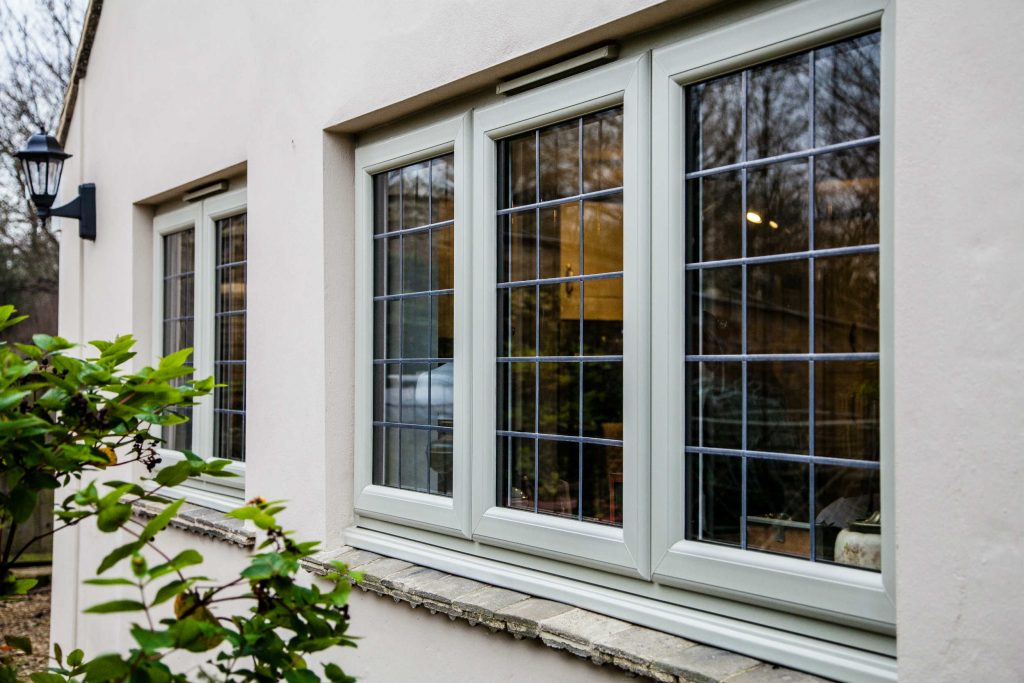All Categories
Featured
Table of Contents
Glazing in Coolbinia Western Australia
Laminated glass is often used in locations in the home most prone to injury from human impact such as bathrooms, doors, around staircases and in locations close to the flooring (it satisfies the requirements of 'safety glass' that is mandated for use in these locations by Australian Basic AS 1288 Glass in structures).
Toughened glass has been 'tempered' by being reheated and rapidly cooled once again. This procedure makes it much more powerful than standard glass it can resist greater impact loads prior to breaking. It likewise makes it much safer because, when it does shatter, it gets into numerous little cubic pieces rather than dangerous fragments.
Windows Of Opportunity: Your Guide To High-performance ... in Rossmoyne Perth
Nevertheless, toughened glass has no thermal or acoustic advantages over other glass of the same toning or thickness. Secondary glazing is where single-glazed windows are retrofitted with a transparent acrylic or glass sheet attached to the within of the frame or openable sash with a secondary frame or with magnetic strips.


Secondary glazing will not carry out also thermally as a manufactured IGU, because it is impossible to completely seal the boundary, however it can provide great noise control. Window films are a thin polymer movie containing an absorbing color or reflective metal layer, with an adhesive support. They stick to your glazing to alter its colour or make it reflective.
Home Window Glazing - Sustainability Victoria in Maylands Western Australia
Applied to existing glass, some window films can halve the total SHGC of the window by soaking up and/or showing solar radiation. This can be particularly advantageous in hotter climates where cooling is the main concern, or on east and west elevations directly exposed to long durations of sunshine. Window movies may likewise decrease visible light transmittance.

For this reason, it is typically best to utilize an accredited installer of window movie. Frames have a significant influence on the thermal performance of doors and windows, because energy can be gained and lost through the frame, as well as through the glass. Different types of frame will enable different levels of heat gain and loss, so careful choice of frame is essential for efficient passive style.
What Are Double Glazed Windows? - Build in Booragoon WA
Nevertheless, aluminium is also a great conductor of heat and will reduce the insulating worth of a glazing unit, unless specifically crafted to lower this. A 'thermally broken' frame is comprised of 2 aluminium areas connected by a structural insulator (usually a low-conductivity structural polymer). This 'breaks' the thermal connection through the aluminium and reduces the heat streaming through the frame.
They can be costly, however prices are reducing as they end up being more typical. Lumber frames are a good natural insulator that can match some home styles. Wood frames ought to be made from species that have naturally high resilience or be dealt with to avoid decay and contortion. Check that the lumber is sourced from a sustainably handled forest.
Double Glazed Windows – Their Amazing Benefits For ... in South Lake Western Australia
(weather stripping) is set up.
u, PVC windows and doors have excellent thermal efficiency Photo: Ben Wrigley (Light House Architecture and Science) Composite frames utilize aluminium profiles on the external sections with either a lumber or u, PVC inner area. These combine the low maintenance and toughness of aluminium with much improved thermal efficiency.
Table of Contents
Latest Posts
Double Glazed Vs Single Glazed Windows in Wexcombe Perth
Which Is The Best Type Of Double Glazing? - Which? - Which.co.uk in Subiaco Western Australia
4 Benefits Of Double Glazed Windows In The Summer in Champion Perth
More
Latest Posts
Double Glazed Vs Single Glazed Windows in Wexcombe Perth
Which Is The Best Type Of Double Glazing? - Which? - Which.co.uk in Subiaco Western Australia
4 Benefits Of Double Glazed Windows In The Summer in Champion Perth